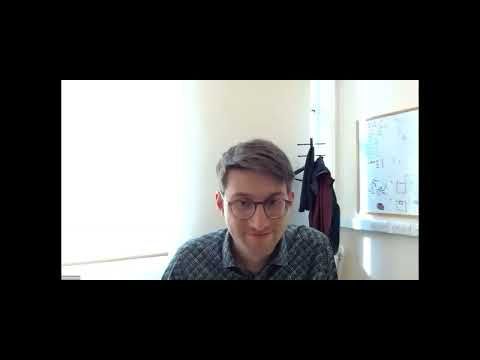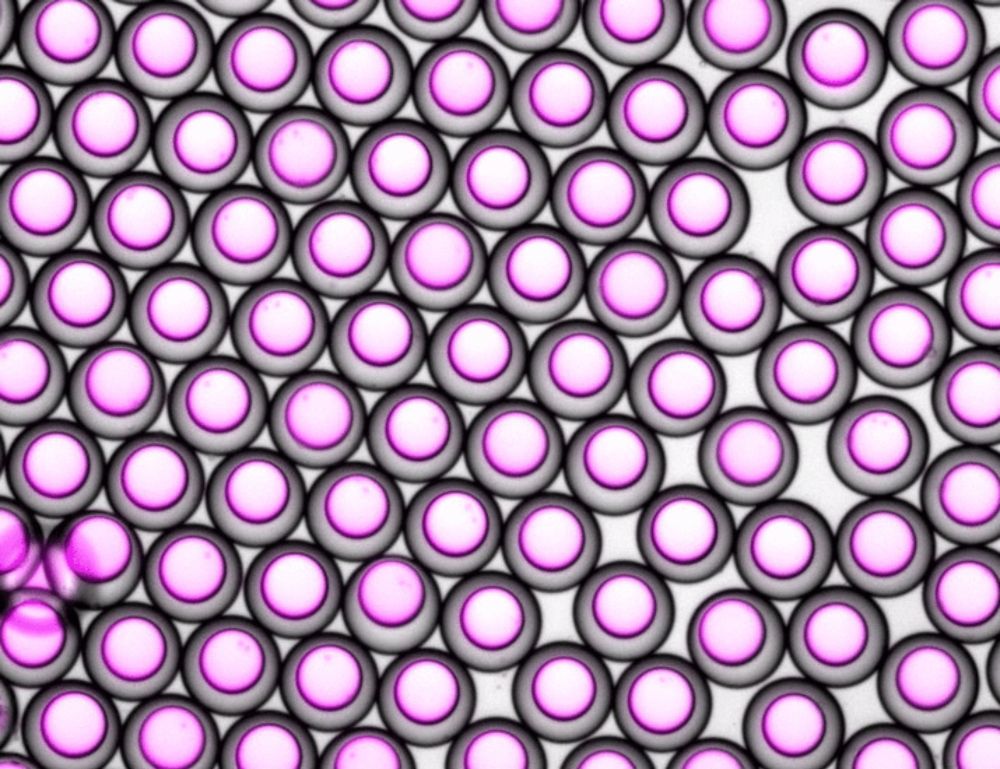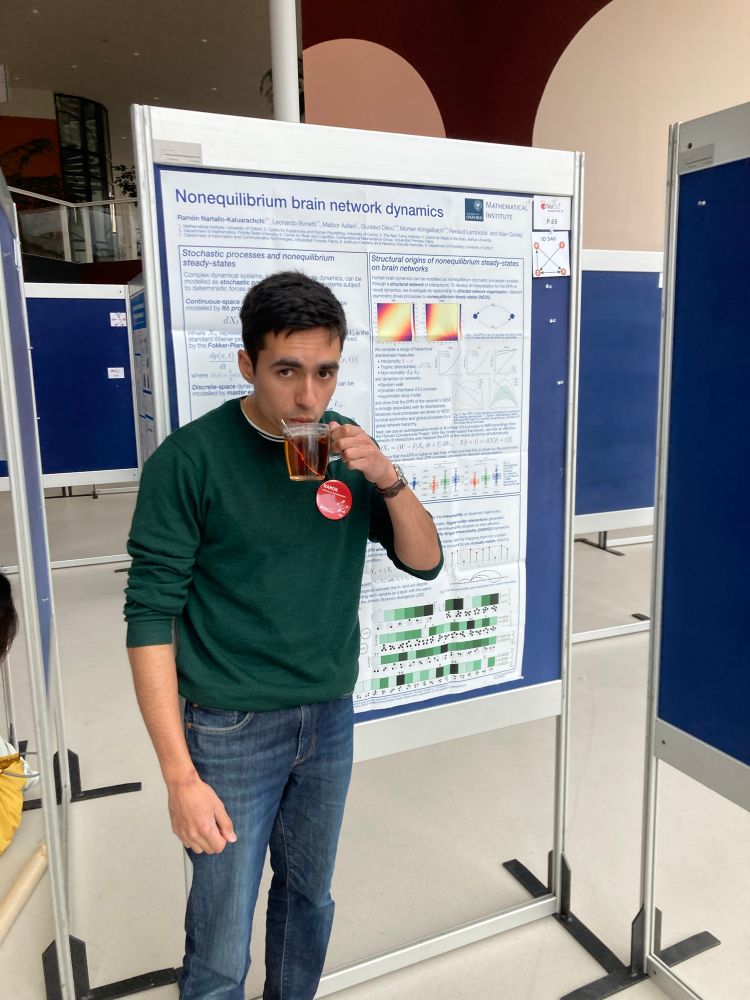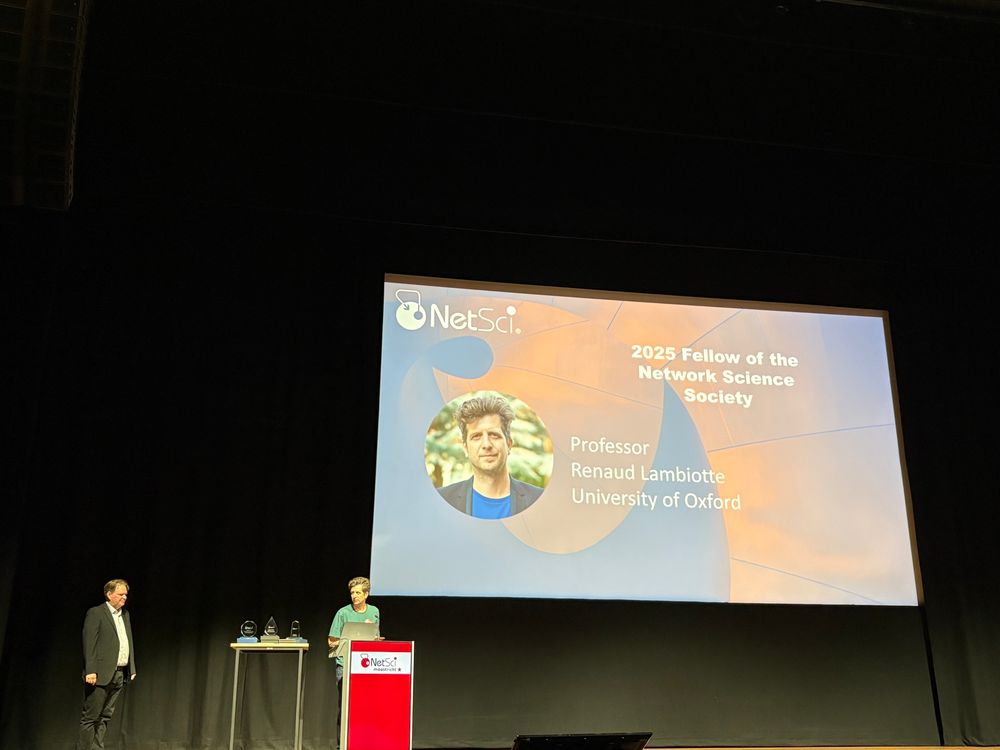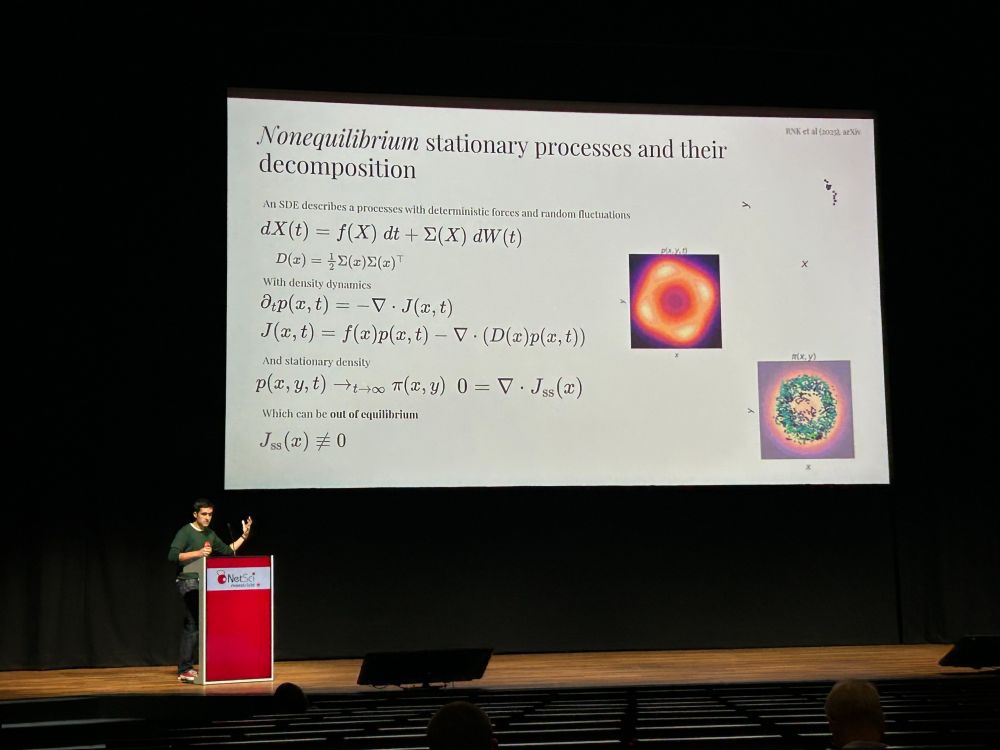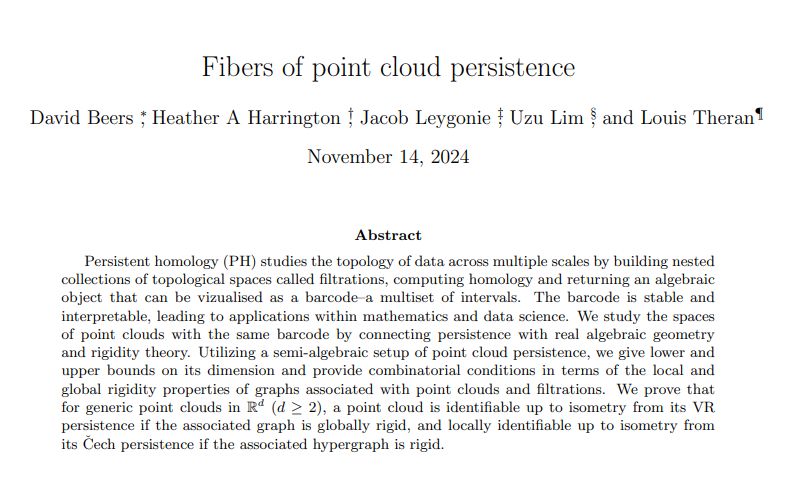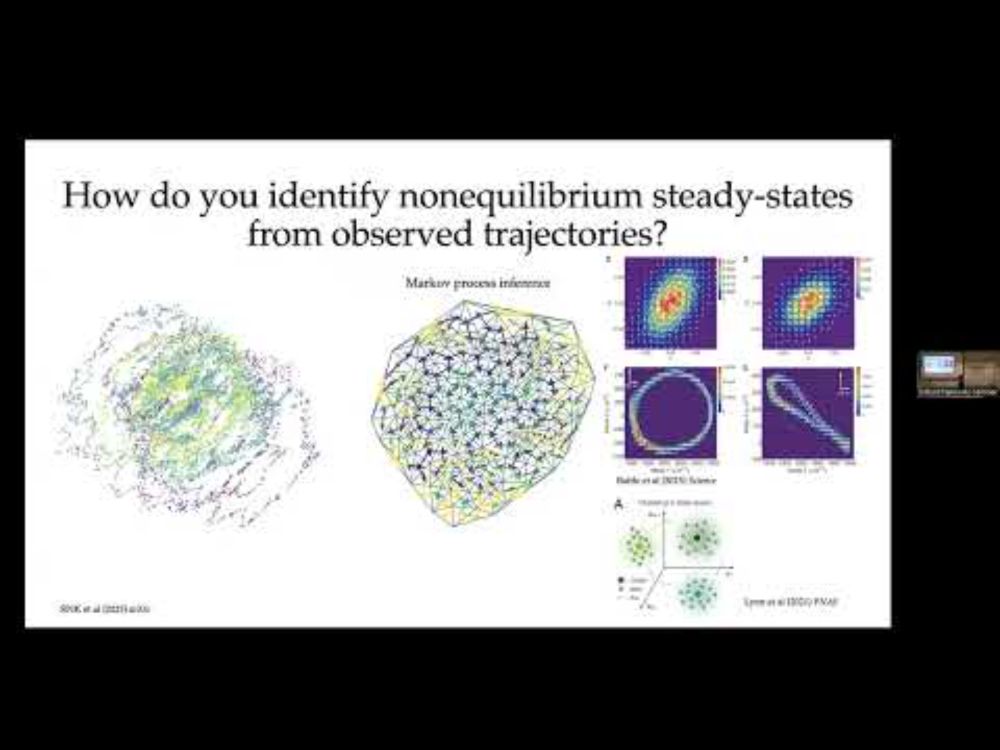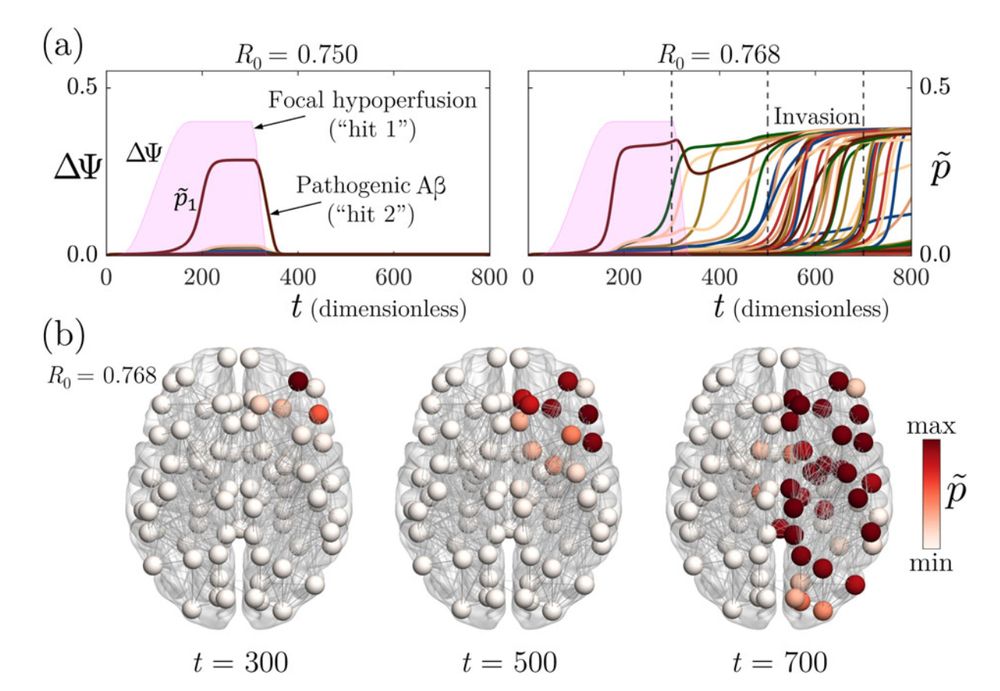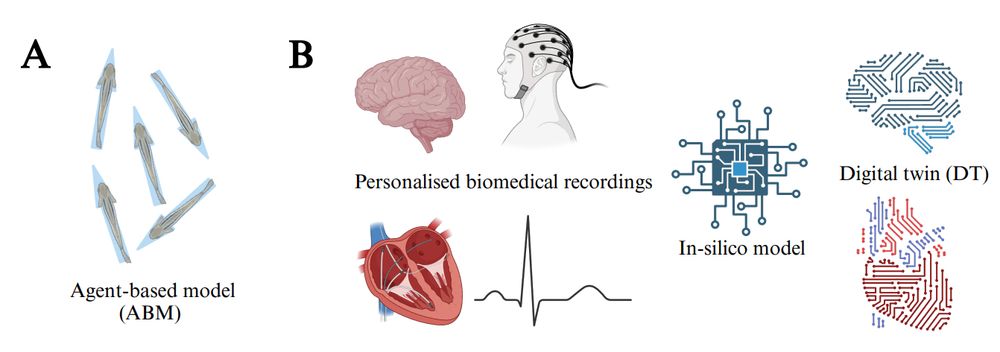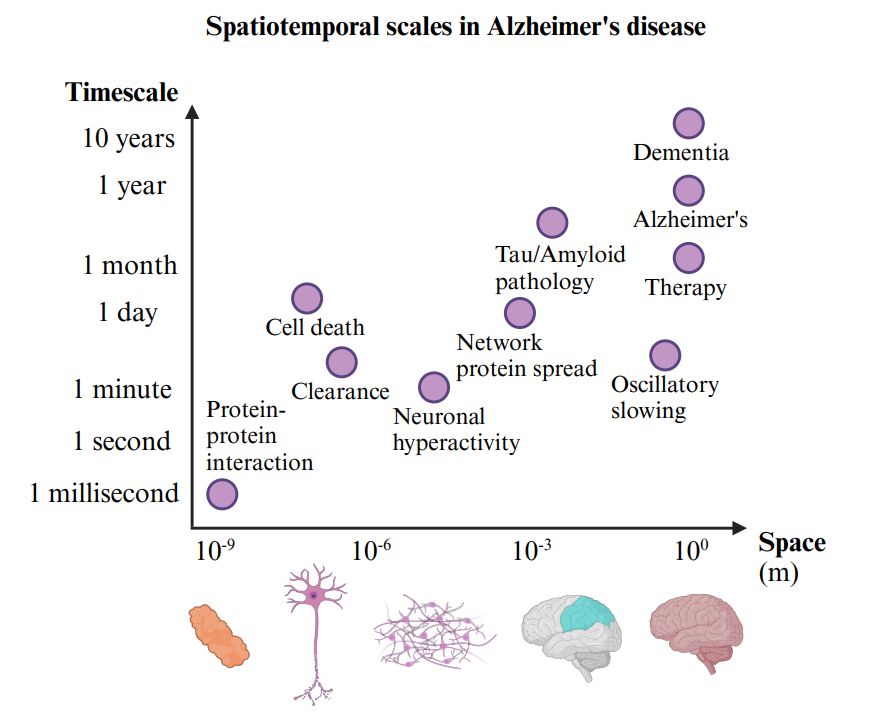Ramón Nartallo-Kaluarachchi
@rnartallo.bsky.social
38 followers
67 following
24 posts
Doctoral student in applied mathematics at the University of Oxford. Interested in complex systems, dynamics, networks and neuroscience.
https://www.rnartallo.co.uk/
Posts
Media
Videos
Starter Packs
Reposted by Ramón Nartallo-Kaluarachchi
Reposted by Ramón Nartallo-Kaluarachchi
Reposted by Ramón Nartallo-Kaluarachchi
Miguel Aguilera
@maguilera.net
· Jul 24
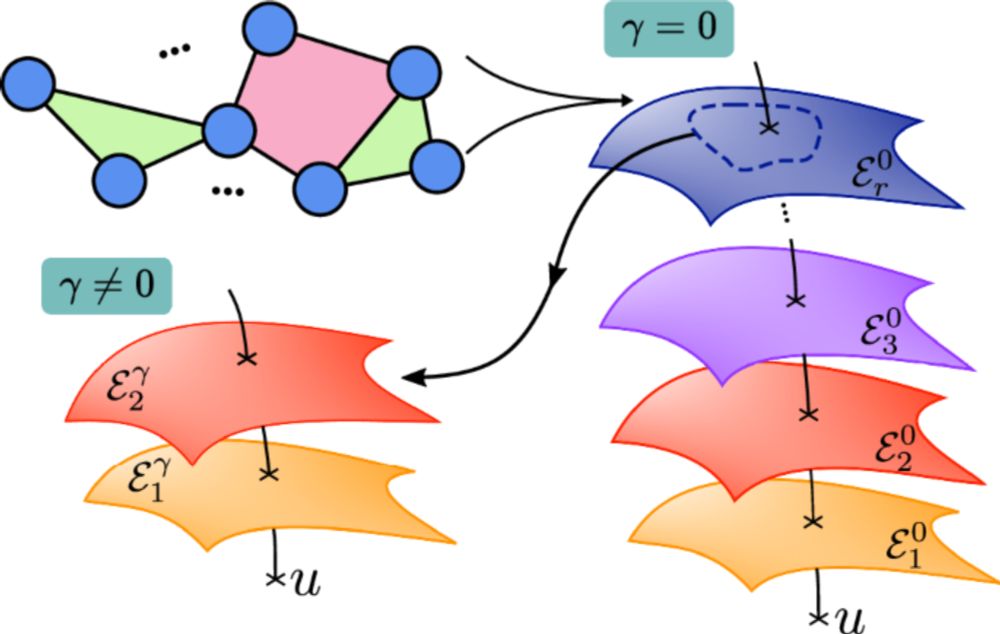
Explosive neural networks via higher-order interactions in curved statistical manifolds - Nature Communications
Higher-order interactions shape complex neural dynamics but are hard to model. Here, authors use a generalization of the maximum entropy principle to introduce a family of curved neural networks, reve...
www.nature.com
Reposted by Ramón Nartallo-Kaluarachchi
Reposted by Ramón Nartallo-Kaluarachchi
Reposted by Ramón Nartallo-Kaluarachchi
Reposted by Ramón Nartallo-Kaluarachchi
Reposted by Ramón Nartallo-Kaluarachchi
Reposted by Ramón Nartallo-Kaluarachchi
Reposted by Ramón Nartallo-Kaluarachchi




